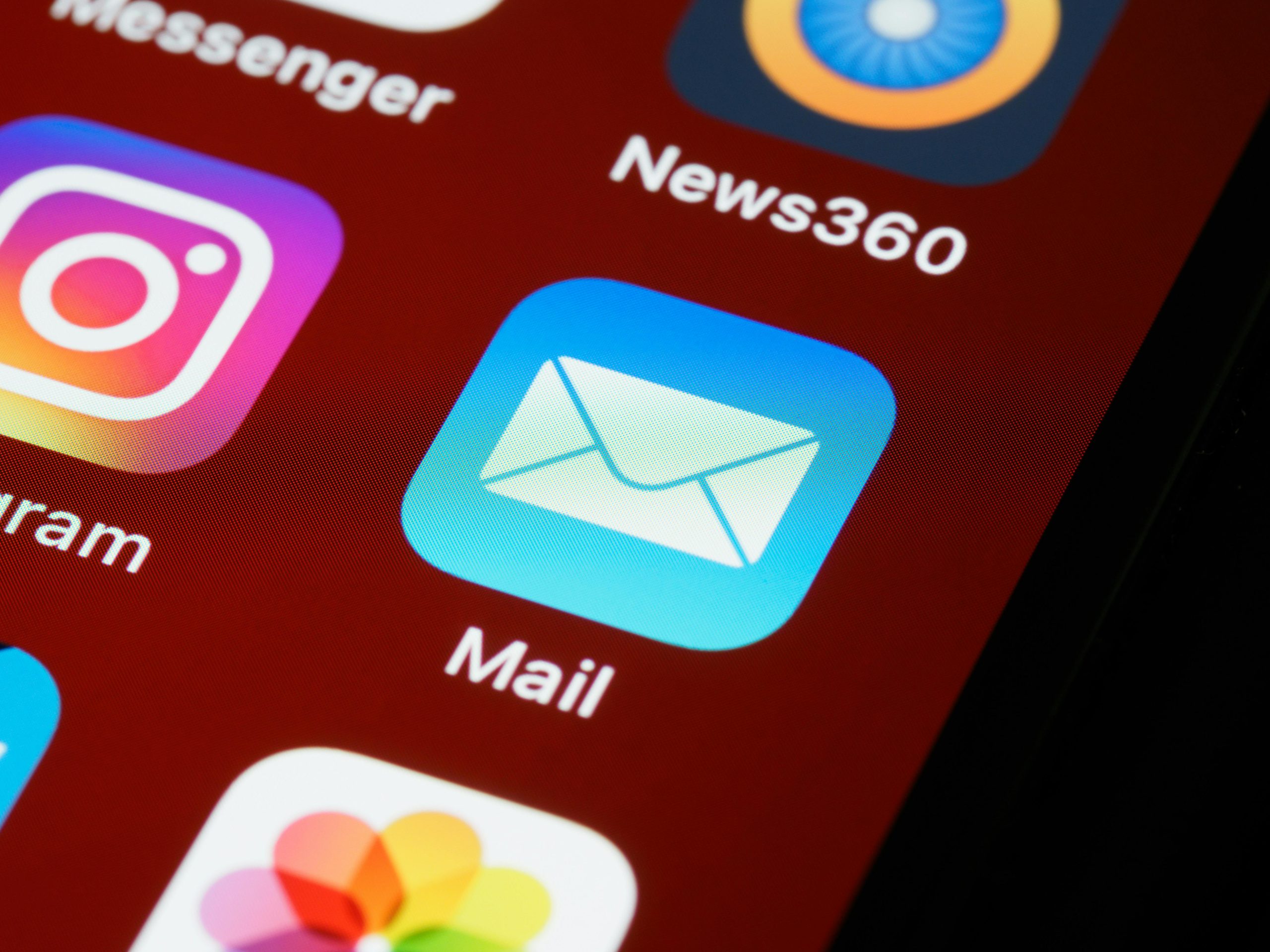Understanding the Risks of Opening Suspicious Emails on Your iPhone
In an era where digital security is paramount, many users often wonder about the potential risks associated with simply opening an email, especially on mobile devices like the iPhone. This concern becomes particularly relevant when dealing with unsolicited or suspicious messages from unknown sources, such as those found in spam or phishing emails.
Can Opening an Email Lead to Device Compromise?
The common misconception is that viewing an email alone cannot harm your device. Generally, opening an email—especially in a secure environment like iOS or Gmail’s mobile app—does not execute malicious code. However, security experts recognize that cybercriminals have developed sophisticated techniques that could, in some cases, exploit vulnerabilities through a mere preview or opening, particularly if the email contains malicious multimedia payloads or exploits.
Case Scenario: Briefly Viewing a Suspicious Spam Email
Consider a typical scenario: a user receives a spam email containing a seemingly innocuous attachment, such as a jpg image. Curiosity prompts a quick peek into the email. In some instances, the email might automatically refresh or redirect your view afterward, raising questions about whether this action triggered any malicious activity.
In most cases, viewing a static image like a JPG is harmless. Still, some advanced phishing attempts or malware campaigns leverage embedded scripts or malicious code within email content to exploit vulnerabilities in email clients or the device’s operating system.
Potential Risks and Misconceptions
-
Executing Malicious Code: Opening benign-looking emails typically does not execute harmful code unless you interact further—such as clicking links or downloading attachments. Until recently, mobile devices like iPhones had strong sandboxing and security features that minimized these risks.
-
Zero-Day Vulnerabilities: While rare, unpatched security flaws in email apps or operating systems could theoretically be exploited through specially crafted emails. However, Apple regularly issues security patches to mitigate these risks.
-
Automatic Actions: Sometimes, certain email preview features can execute scripts or load external content, which is why disables such options for risky emails is recommended.
Best Practices for Email Security on Mobile Devices
-
Avoid Opening Suspicious Emails: If an email appears suspicious—unexpected sender, strange content, or unusual attachments—it’s safest to delete it without opening.
-
Disable External Content: Turn off automatic image loading or external content, which could be exploited to verify your email address or deploy malicious scripts.
-
Do Not Interact with Attachments or Links:
Share this content:

